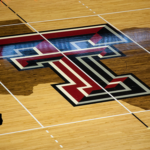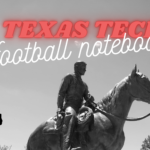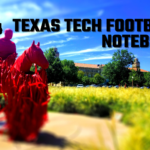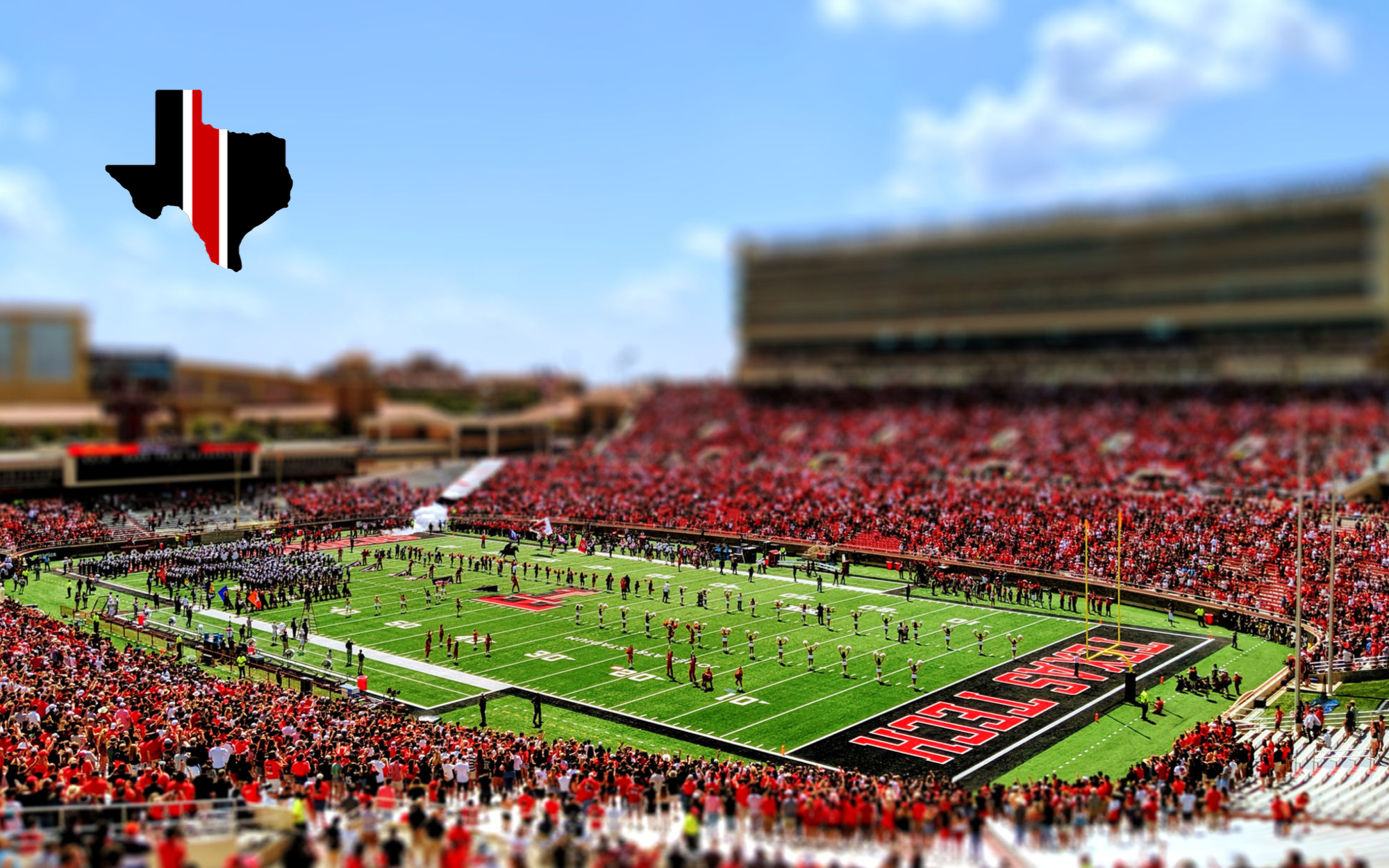Since we’re in that in-between time period, not quite recruiting and not quite spring ball, it’s time to take a look at some things and see how things compared from last year to this year. One of those topics, at least for me, was how the offensive line compared from last year to this year. From just my perspective, I thought that the line played better than last year. Fewer mistakes, fewer holds, better production from a running standpoint (obviously there were more opportunities), etc. The great folks at Football Outsiders put together both offensive and defensive line stats, that tell some of the story, maybe not all of it, but some of it. At the very least, it is empirical and you can argue with certain things, but these are just numbers across the board.
They break down stats into two categories, run-blocking stats and then pass-blocking stats. Here’s the definitions of the run-blocking stats:
* Line Yards per Carry: For 2018, we are experimenting with a new definition for college line yardage based on film study and generalization. Instead of the ALY figure FO used for the NFL, this one is tighter: the line gets credit for rushing yardage between 0-3 yards (instead of 0-4) and 50% credit for yards 4-8 (instead of 5-10). Anything over 8 yards is quantified as a highlight opportunity, and credit goes to the runner. As with the pro definition, lost yardage still counts for 125%. (Garbage time is filtered out for all line yardage averages.)
* Standard Downs Line Yards per Carry: The raw, unadjusted per-carry line yardage for a team on standard downs (first down, second-and-7 or fewer, third-and-4 or fewer, fourth-and-4 or fewer).
* Passing Downs Line Yards per Carry: The same unadjusted averages for rushing on passing downs.
* Opportunity Rate: The percentage of carries (when four yards are available) that gain at least four yards, i.e. the percentage of carries in which the line does its job, so to speak.
* Power Success Rate: This is the same as on the NFL side — percentage of runs on third or fourth down, two yards or less to go, that achieved a first down or touchdown.
* Stuff Rate: Same as STUFFED on the NFL side — percentage of carries by running backs that are stopped at or before the line of scrimmage.
And pass-blocking:
* Sack Rate: Unadjusted sack rate for all non-garbage time pass attempts.
* Standard Downs Sack Rate: Unadjusted sack rate for standard downs pass attempts.
* Passing Downs Sack Rate: Unadjusted sack rate for passing downs pass attempts.
I left the math in the table below, but the relevant part may be the ranking in each category. I also included a delta, if there was an improvement, then it is a positive number, if there was a regression, then it is a negative number.
| 2019 | 2018 | Delta | |
|---|---|---|---|
| Line Yards | 2.82 | 2.26 | |
| Line Yards Rank | 24 | 112 | 88 |
| Standard Downs Line Yards | 2.59 | 2.16 | |
| Standard Downs Line Yards Rank | 50 | 119 | 69 |
| Pass Downs Line Yards | 3.7 | 2.72 | |
| Pass Downs Line Yards Rank | 3 | 63 | 60 |
| Opportunity Rate | 48.40% | 42.80% | |
| Opportunity Rate Rank | 54 | 106 | 52 |
| Power Success Rate | 76.90% | 75.90% | |
| Power Success Rate Rank | 32 | 37 | 5 |
| Stuff Rate | 16.50% | 22.20% | |
| Stuff Rate Rank | 36 | 107 | 71 |
| Sack Rate | 3.40% | 4.60% | |
| Sack Rate Rank | 10 | 29 | 19 |
| Standard Downs Sack Rate | 2.50% | 4.20% | |
| Standard Downs Sack Rate Rank | 14 | 49 | 35 |
| Pass Downs Sack Rate | 5.10% | 5.20% | |
| Pass Downs Sack Rate Rank | 22 | 28 | 6 |
You’ll note that there are no negative numbers, which means that in each and every category, the offensive line improved, in some circumstances dramatically. In fact, you could say that this is most likely the most improved unit on the team and the significance of that should not be lost on you.
If anyone tells you that the offense took a step back because of the offensive line then they are most likely biased and being argumentative to be argumentative or just don’t like Matt Wells. I fyou could say anything, the offensive lien was improved so much that offensive line coach Steve Farmer might deserve a raise.
The defensive line is coming up soon and those results, are, mixed.









